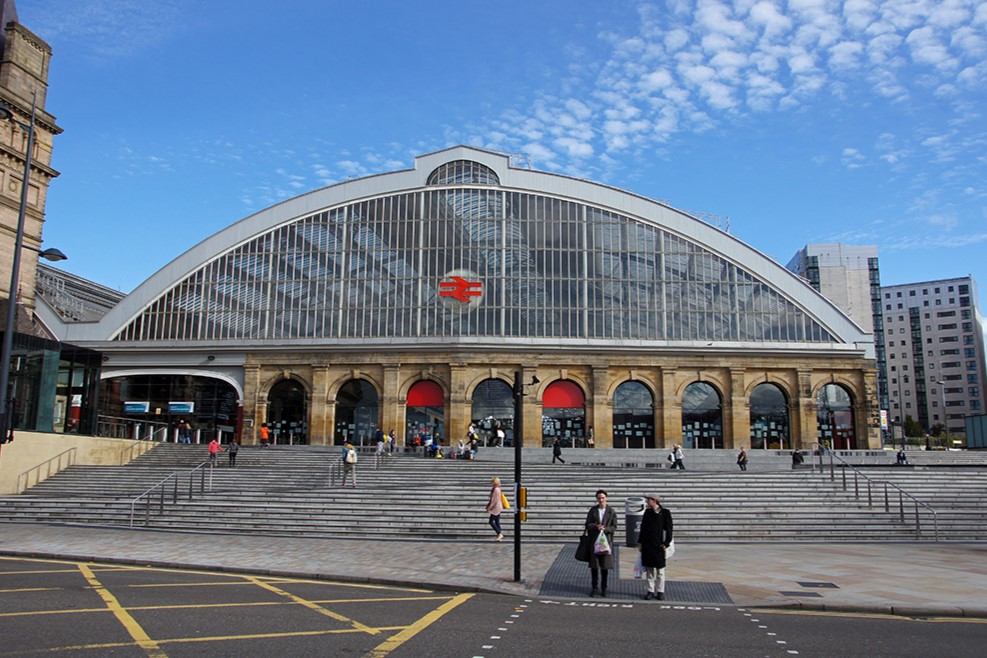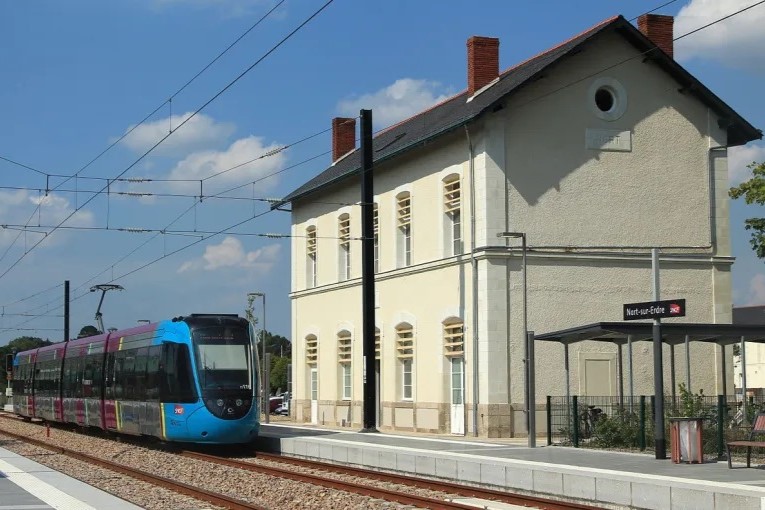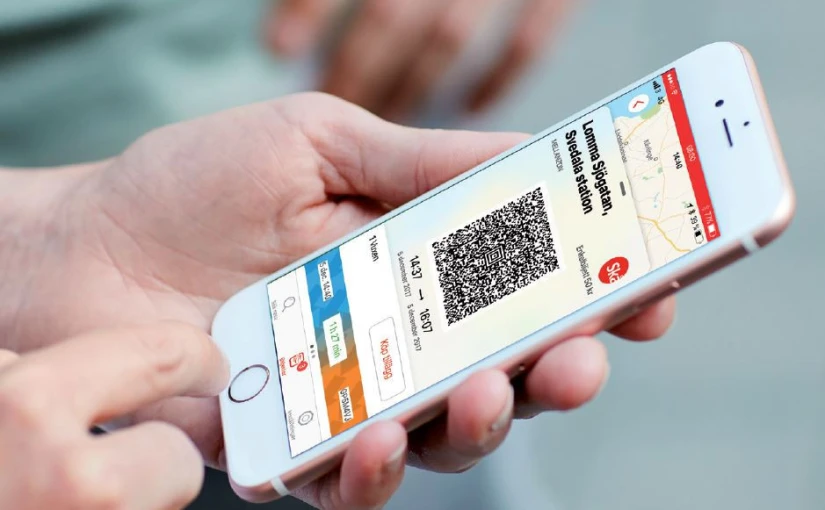Passenger train services • Stations and customer services
Note: For educational purpose only. This page is meant purely as a documentation tool and has no legal effect. It is not a substitute for the official page of the operating company, manufacturer or official institutions. It cannot be used for staff training, which is the responsibility of approved institutions and companies.
In brief
The rail user service has two essential components: the station that provides access to the trains and the ticketing system for the journey:

Main stations
• Setting up in the city;
• Architecture of the past;
• Some remarkable stations in Europe;
• Today’s new stations;

The station in its neighbourhood
• The area around the station;
• Accessibility and public transport;
• Urban or suburban RER stations;

Rural stations
• The importance of small stations in the past;
• Yesterday’s architecture;
• New small stations today;

Ticketing
• Ticketing in the past;
• Ticketing today;
• Ticket office;
• International ticketing
• The age of automata;
• Digital evolution;
🟧
[TOP]
Passenger train services • Lexical
